Your Complete Toolkit: Integrating Water Flow Meters into Smart Homes
/Water is a scarce resource, and it is important to control its utilisation. Here Is how the use of water flow meters in smart homes helps this initiative. This article is a straightforward way to introduce you to integration of water flow meters in your smart home personal or custom solution. After reading this article, you will know what water flow meters are, how they work and why they are important to have.
What is a Water Flow Meter?
A Water Flow Meter is an instrument that measures the amount of water we used in pipes. It monitors your water usage as well, so you can observe how much you really drink. Water flow meters can be one of several types: mechanical, ultrasonic or magnetic. Each operates a little differently but serves the same function -- reliably measuring water flow.
Why Use a Water Flow Meter?
There are a number of benefits to using a water flow meter in your smart home:
Preservation: if you can monitor your water use you will have a better idea of the places you might be using water in ways that are wasteful and start to take action to conserve.
Savings: If you know how much water you use, you can control your bills better. Less water means less cost for you.
Leak Detection: sudden spikes in water usage can be a good indicator of a leak. A water flow meter can alert you to these issues before they happen by providing an increased awareness of how your water system is functioning.
Ease: linking your smart home to a water flow meter allows you to keep tabs on how much water you are using with your phone or computer from anywhere.
Types of Water Flow Meters
Understanding the different types of water flow meters can help you choose the right one for your home.
Mechanical Flow Meters: Generally the most common type of flow meters in use, mechanical flow meters are those that rely on a relatively simple mechanism with moving parts to indicate or transmit how much water has been measured. These types of meter do a great job and are quite affordable options but at the same time, they can become worn out after a short period of time.
Ultrasonic Flow Meters: These are the kind of meters that measure by using sound waves to determine how fast water is flowing. These the most accurate types of meters and will last a long time as they have no parts that move. Because of this, they tend to be more expensive than other types.
Magnetic Flow Meters: These work on the basis of magnetic fields to measure the water flow. They are accurate and can work with a few different types of water quality but can be expensive to use.
Integrating Water Flow Meters into a Smart Home
There is a series of steps that have to be followed, from choosing which water flow meter to install to integrating it into your smart home system. Here's a detailed guide:
1. What type of Water Flow Meter to Select
Consider the following factors when selecting a water flow meter:
What type: Based on your requirements, you may be choosing between a mechanical, ultrasonic or magnetic meter as per your budget. For those looking to purchase, a wide variety of water meters for sale can be found online; there are different types to suit various household needs and integration capabilities.
Integration: Make sure the meter can work with any plumbing you might already have, and that it's supported by your smart home system.
Leak detection, data logging, remote monitoring: Features such as these could make your constant pressure pump even more efficient.
2. Step-by-Step Installation
Installing a water flow meter can be a DIY project if you have basic plumbing skills. However, hiring a professional plumber might be a good idea for those who are not comfortable with plumbing work.
Step 1: Turn Off the Water Supply: Before installing the meter, turn off the main water supply to avoid any accidents.
Step 2: Choose the Installation Location: Select a location where the meter will measure the water flowing into your home. Typically, this is near the main water line.
Step 3: Cut the Pipe: Carefully cut the pipe where you want to install the meter. Use a pipe cutter to ensure a clean cut.
Step 4: Install the Meter: Attach the meter to the pipe using the appropriate fittings. Make sure it is securely in place and there are no leaks.
Step 5: Turn On the Water Supply: Once the meter is installed, turn the water supply back on and check for any leaks.
3. Connecting to Your Smart Home System
After installing the water flow meter, you need to connect it to your smart home system. This usually involves the following steps:
Step 1: Download the App: Most smart water flow meters come with a companion app. Download and install this app on your smartphone or tablet.
Step 2: Connect the Meter: Follow the instructions in the app to connect the water flow meter to your home Wi-Fi network. This may involve entering your Wi-Fi password and ensuring the meter is within range of your router.
Step 3: Configure Settings: Set up the meter according to your preferences. This might include setting thresholds for water usage alerts and enabling notifications.
Step 4: Integrate with Other Smart Devices: If you have other smart home devices, such as a smart thermostat or home assistant (like Amazon Alexa or Google Home), you can integrate the water flow meter with these devices for a more comprehensive smart home experience.
Using Your Water Flow Meter
After you go ahead and get your water flow meter installed and connected to your smart home system, you have the ability to begin monitoring your water use.
Some Tips on How to Get the Best Use of Your Water Flow Meter
Keep Checking: You should check your water usage data on a periodic basis to know about your consumption trends. This way you can determine the water saving points.
Alerts: Have the app alert you of any unusual water usage. This will allow you to notice leaks quickly and save money on your water bill.
Usage Comparison: Evaluate your historical water usage to find out if those conservation efforts are helping. This is easier with many apps that provide charts and graphs.
Change habits: Implement changes to your habits based on the documented water usage patterns using information from the water flow meter. For instance, you may discover how to cut the time of your showers or use your dishwasher much more efficiently.
Conclusion
One of the best home automation applications with a water flow meter is conservation. By integrating a water flow meter into your smart home you can enjoy savings on your water bill and prevent unexpected leaks at your house by observing your water consumption more frequently. If you follow this tutorial, you can be sure to select the most suitable water flow meter and set up a proper installation with an easy integration for your smart home system. Once you have it installed, your water meter should turn out to be a stellar ally for you to be aware and in control of your water usage.
About the Author:
Abd Raaz Digital is your Secret Weapon for Local SEO and Content Marketing. We're the invisible allies helping agencies crush it with local SEO and link building.












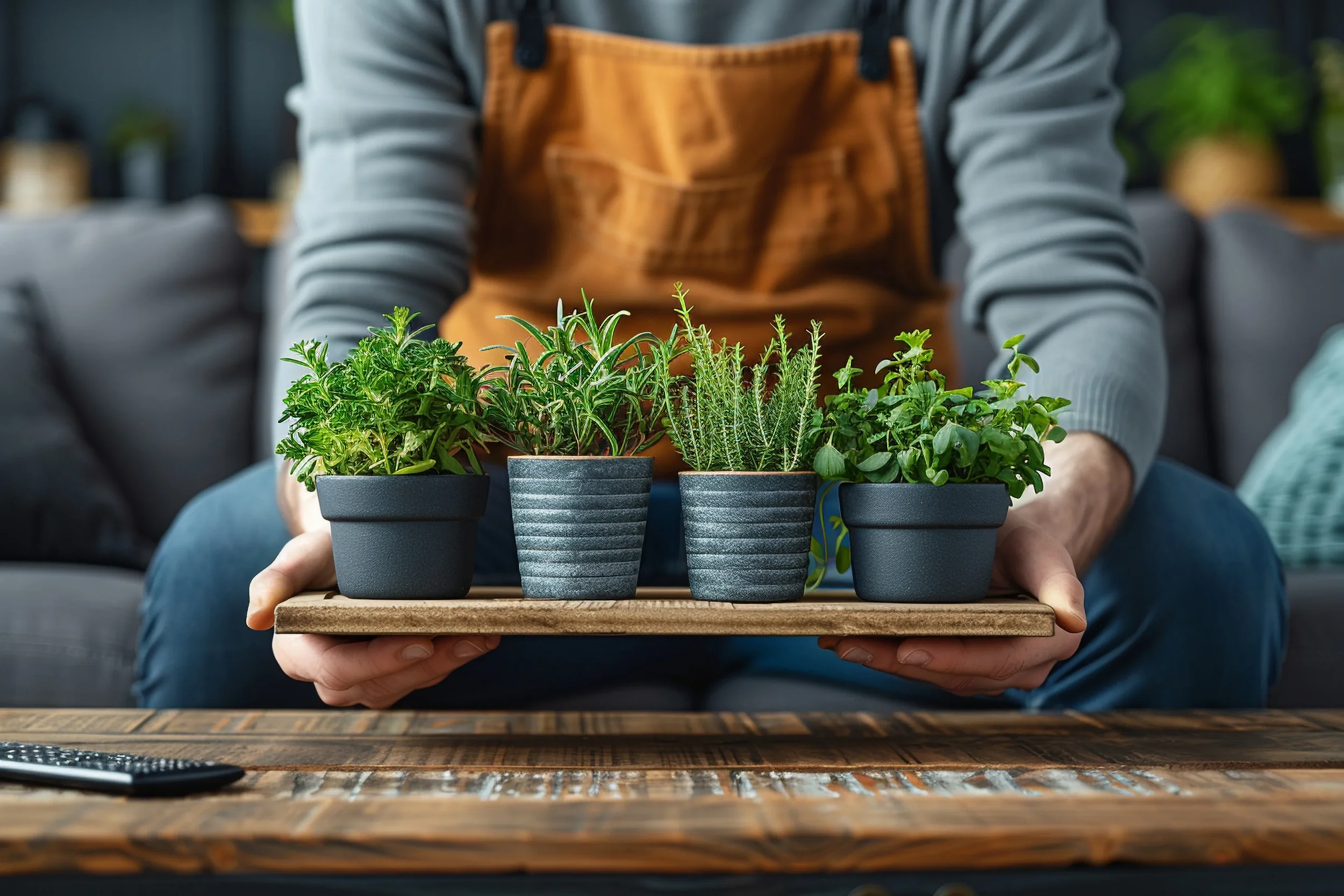







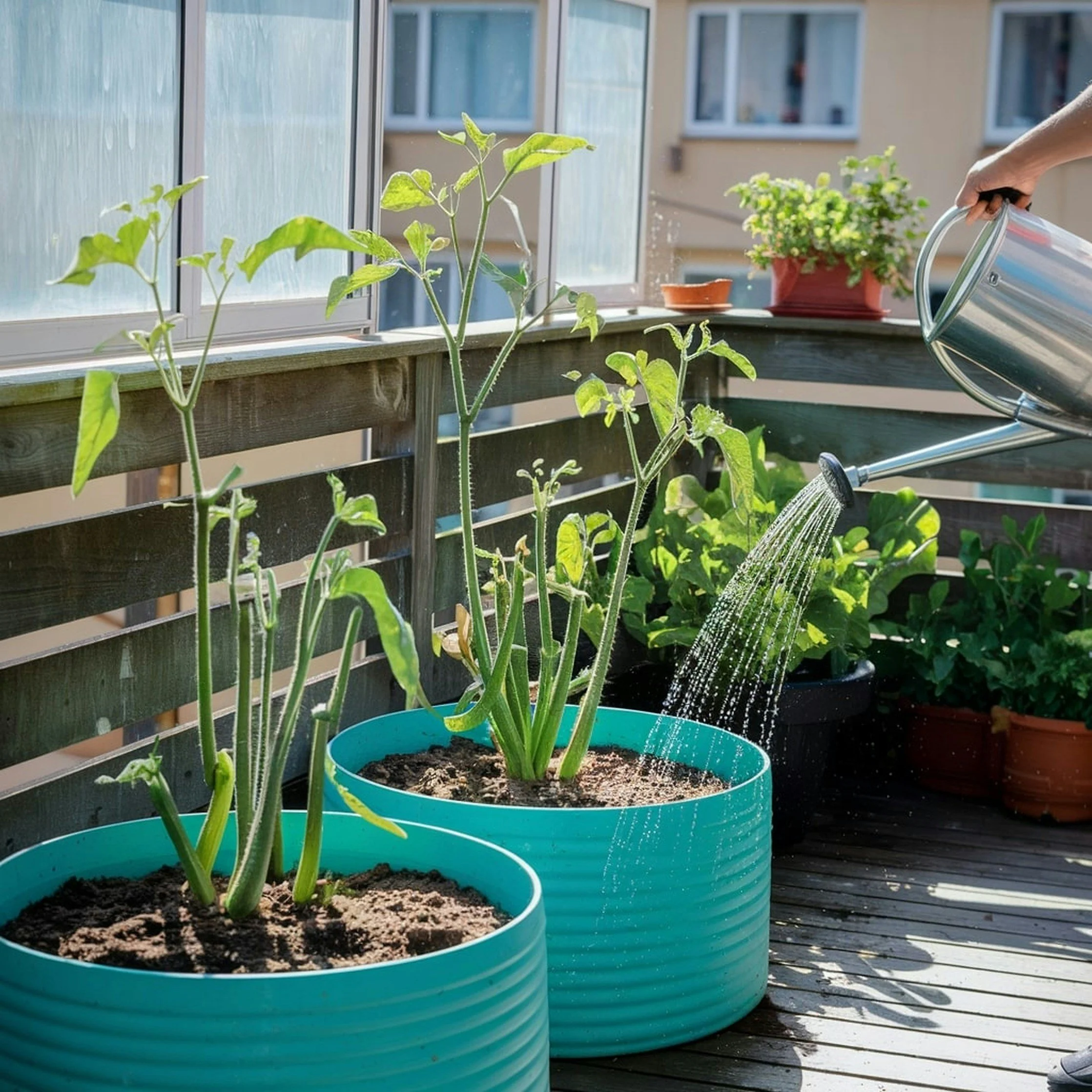
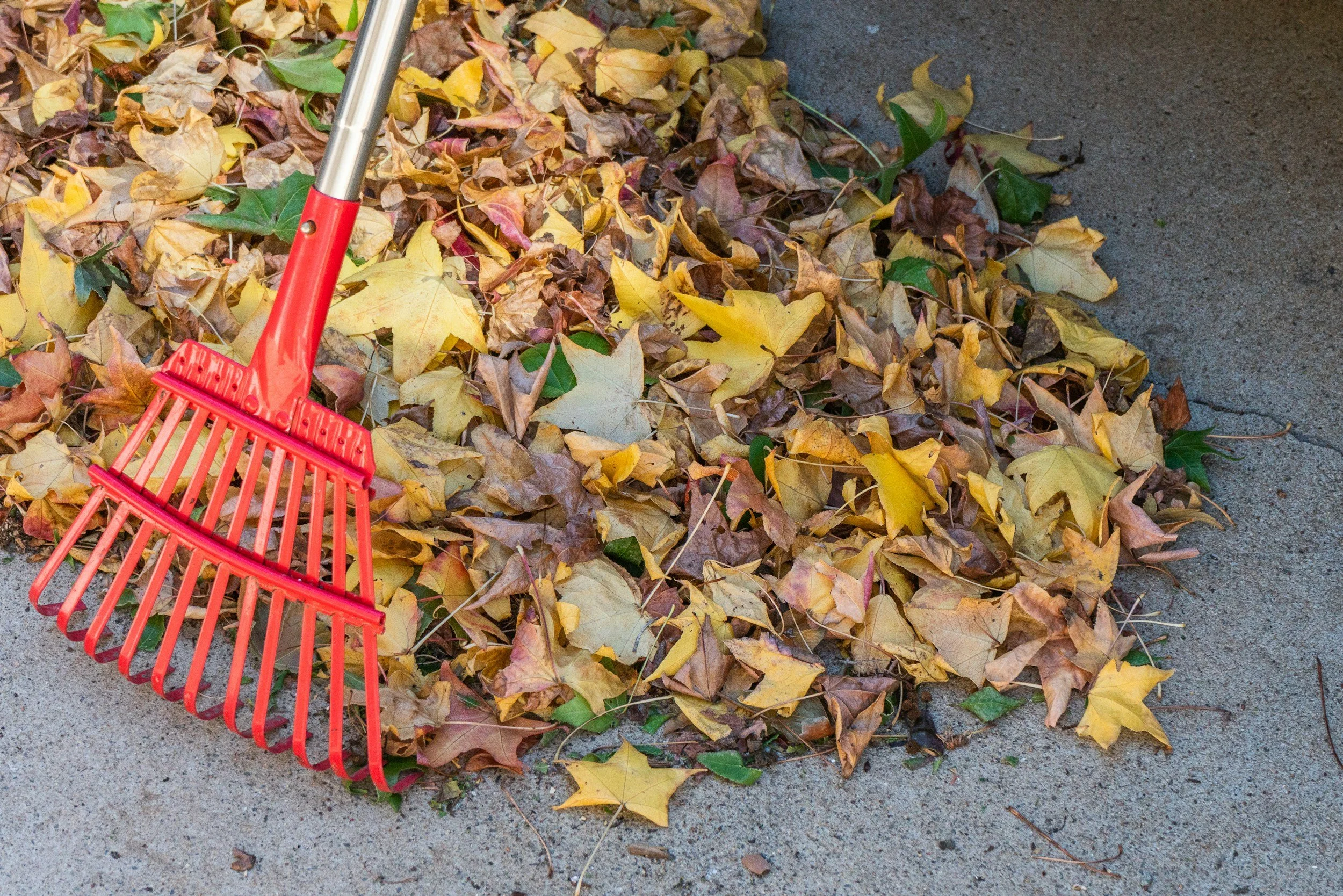






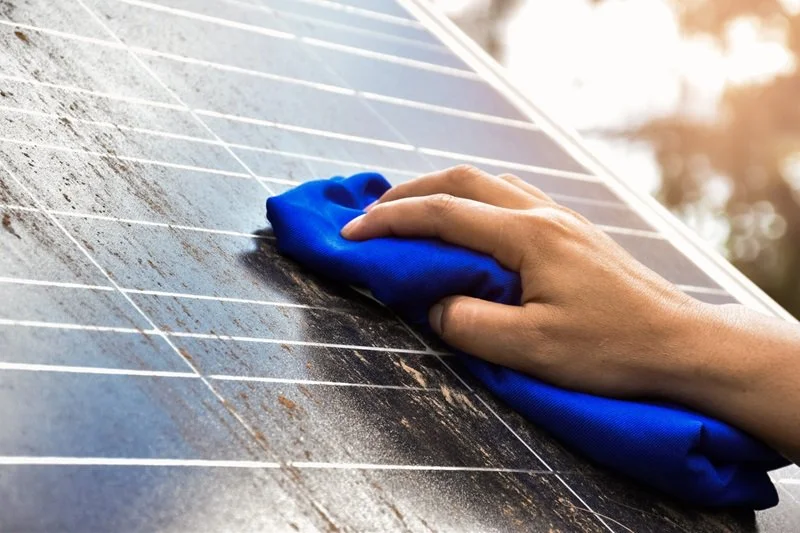

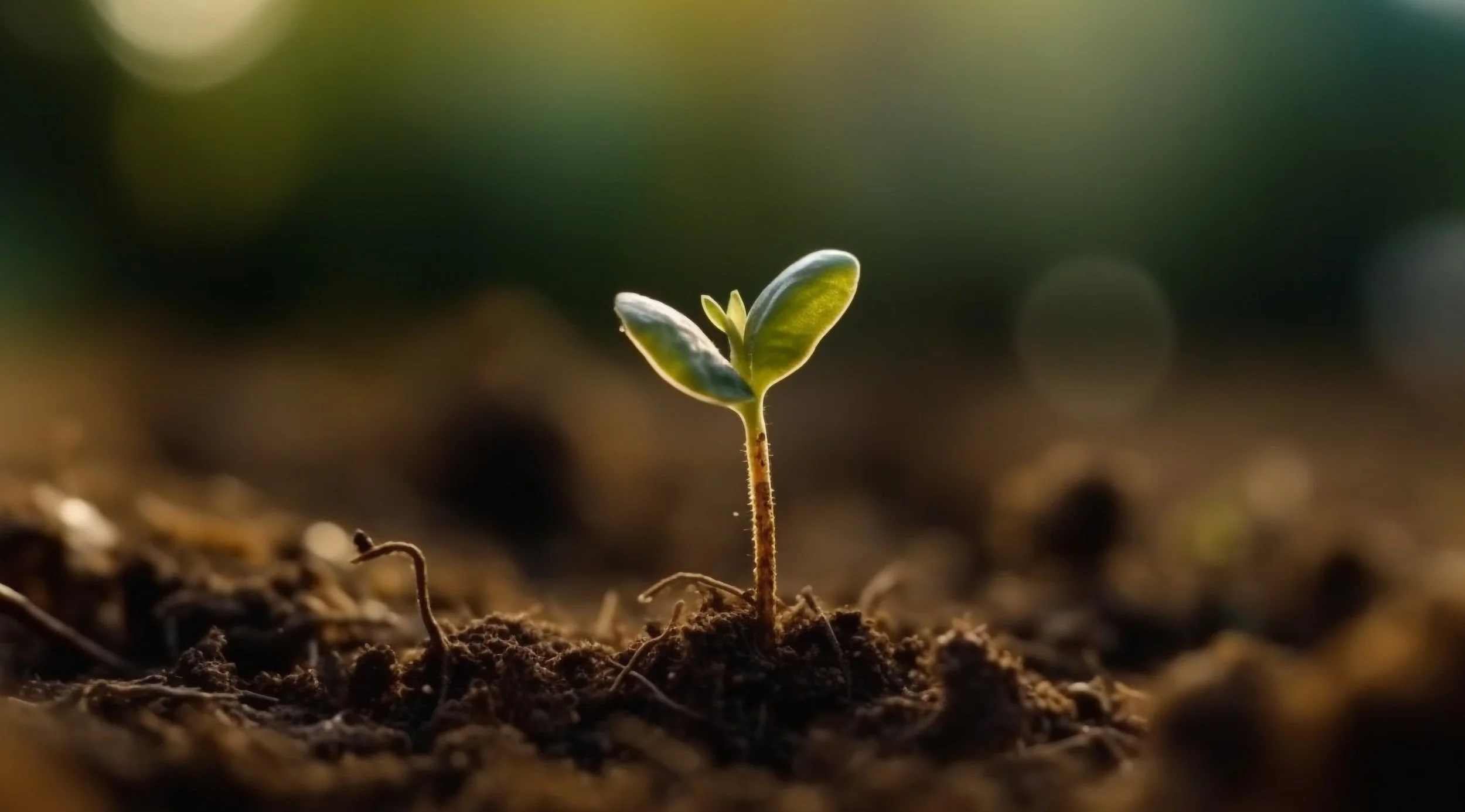



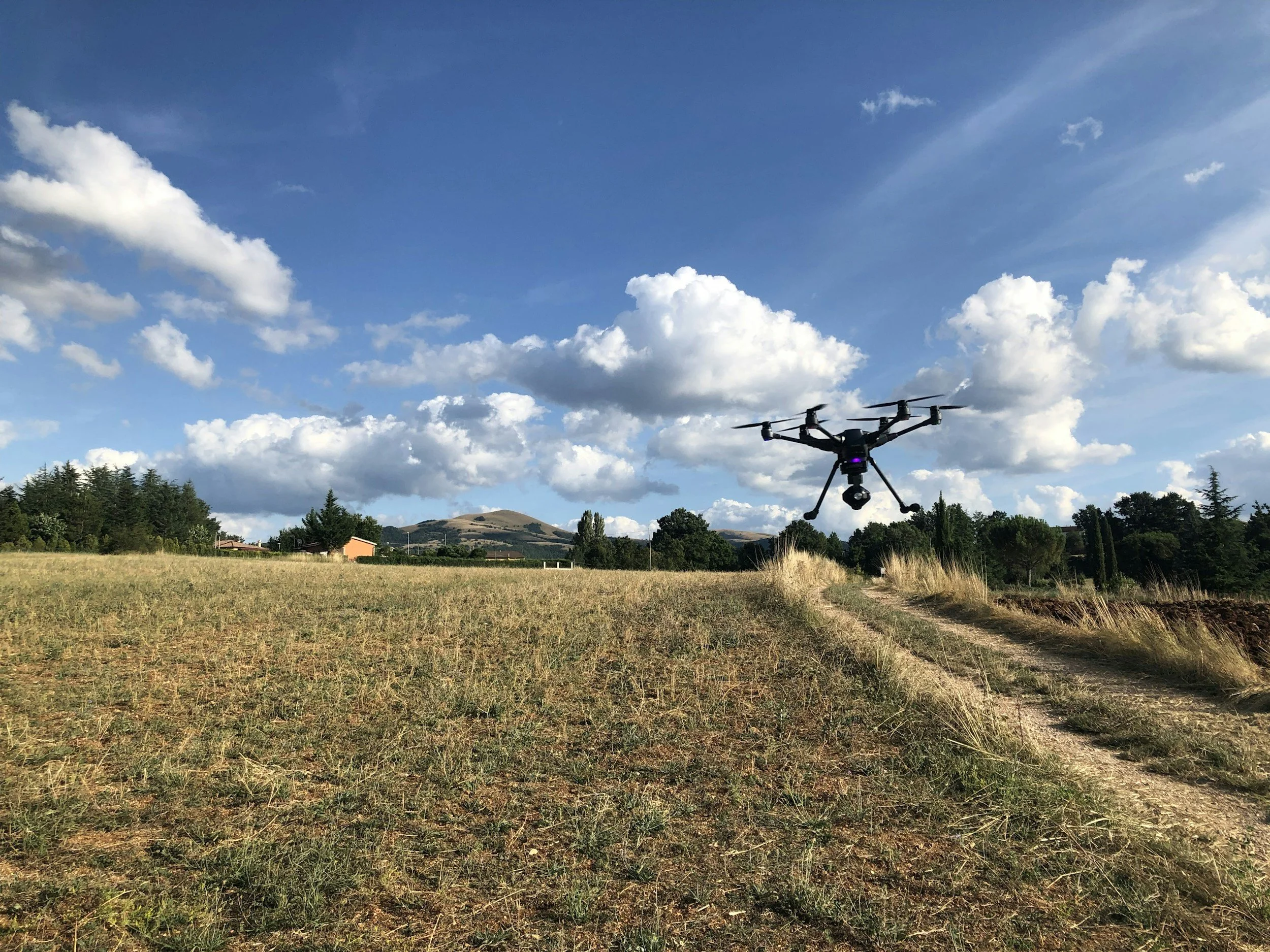








In a world increasingly focused on sustainability and environmental health, one of the most pressing challenges we face is PFAS contamination. Known as “forever chemicals” for their persistence in the environment, PFAS are a testament to the unintended consequences of human innovation. These chemicals have infiltrated ecosystems, contaminating water supplies, soil, and food chains. However, the growing awareness of this issue brings hope, as solutions are emerging — and they begin at the source.